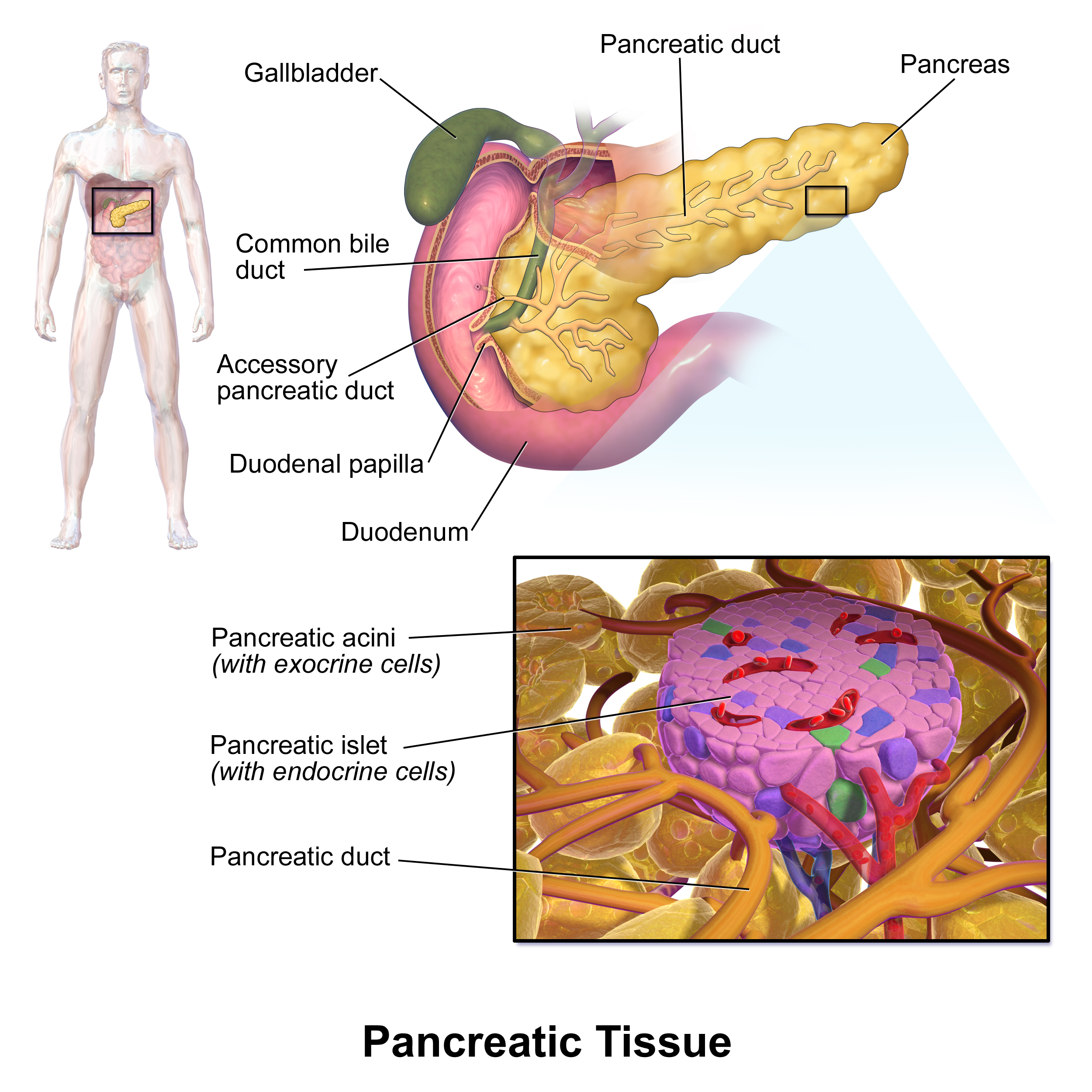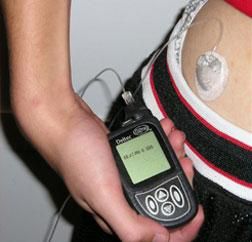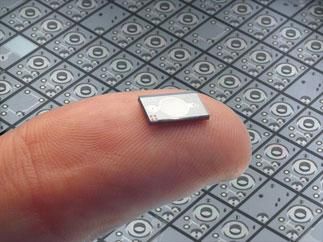This topic takes on average 55 minutes to read.
There are a number of interactive features in this resource:
 Biology
Biology
 Human biology
Human biology
 Science
Science
Before insulin was discovered, those with type 1 diabetes would die young. They would lose weight rapidly and were often described as living skeletons. Insulin treatment has saved many hundreds of thousands of lives.
With type 2 diabetes, blood glucose levels are not regulated properly, and symptoms are not particularly obvious.
Normally, excess glucose is stored so that blood glucose levels returns to normal levels. Whereas those with type 1 or type 2 diabetes cannot store this glucose and their blood glucose levels remain above normal between meals.
Insulin has rapid, intermediate and delayed actions. Insulin helps glucose to enter cells and, stimulates storage of excess blood glucose in the liver as glycogen. If a meal is missed, or the person is very active, glucose in the blood becomes depleted. Ordinarily, glucose stored in the liver would be used next, but if there is no store in the liver to release glucose, then levels can fall dangerously low. If left untreated, this may trigger confusion, loss of consciousness and even a coma. Take a look at the graph below to see what could happen if someone with diabetes misses a meal.
If someone with diabetes does not regulate their blood glucose, it can fluctuate between excessively high levels (hyperglycaemia) and low levels (hypoglycaemia). Medicines can help prevent this but if the person does not regulate their glucose levels properly, over several years, both can cause problems.
Insulin injections can successfully treat type 1 diabetes. The hormone allows the liver, and other cells in the body, to take in and store glucose normally. Researchers have developed different types of insulin medications. Some act quickly but for only a short period of time. Others take effect more slowly but last longer. Someone with diabetes may take combinations of these insulins to regulate their blood glucose level over a 24-hour period. A balanced diet and regular meals are important in managing type 1 diabetes.
Type 2 diabetes generally happens in the over 40's and can be treated using combinations of medicines, insulin, diet control and exercise.
Healthy diet
Medicines
Regular exercise

The pancreas is surrounded by the gallbladder and the duodenum. It is both an exocrine and endocrine organ, as it secrets molecules trough ducts (exocrine) as well as the bloodstream (endocrine).
Injecting insulin on a regular basis can cause problems such as skin inflammation at places that are regularly used. Researchers are constantly working to develop better ways for patients to take insulin with the aim of helping sufferers maintain closer control of their blood glucose levels.
Insulin is a protein and would be digested and inactivated if taken orally in tablets or capsules. Skin patches are being developed that allow the insulin to be directly absorbed into the body through the skin. Implants under the skin may also be a treatment of the future.
Small pumps are now available which inject insulin under the skin in a controlled way throughout the day. Miniaturised 'nanopumps' may soon replace the large pump shown here.
In the future, it may be possible to treat diabetes with gene therapy. This replaces faulty genes with working ones.

Pumps deliver controlled amounts throughout the day.

Using nanopumps may allow insulin to be delivered from pumps the size of skin patches.
Courtesy of: Insulin Nanopump™ from Debiotech SA, Switzerland